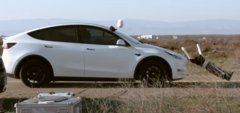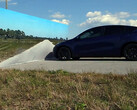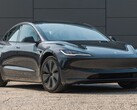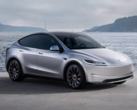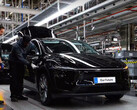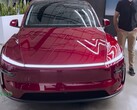Famed YouTuber Mark Rober has recently released a video documenting how the Tesla Vision system can be fairly easily tricked into not recognising obstacles in the road. While the video does detail some fairly unlikely road circumstances (like a giant wall printed to look exactly like the road ahead), it does also suggest that the lack of radar and LiDAR could be detrimental to human life under certain circumstances. These include fog and rain, both relatively common occurrences on roads across the world. However, the likelihood of such extreme fog and rain portrayed in the video actually occurring and causing an incident could be up for debate.
The idea of removing a piece of hardware in the interests of saving money and weight (instead of preventing an accident) highlights that the Tesla Vision system may not be as road-safe as pedestrians would like.
Tesla's decision to drop LiDAR and radar sensors from its cars, with Musk claiming they were too big, heavy and expensive, dates as far back as 2021. However to date, the number of deaths where autopilot was turned on and a pedestrian or cyclist was killed, is significantly less than the 7552 pedestrians killed on US roads in 2022 alone, suggesting that even without LiDAR and radar in its vehicles, the system is statistically fairly sound.
Despite Rober's enthusiasm for highlighting the issues with Tesla specifically, it is the idea of autonomous driving of any vehicle (not just Tesla) that has some governments stalling the rollout of such systems. There are also a number of reports questioning whether the car in the video is actually running in full self-driving mode, or even the right version, which creates some doubt around the authenticity of the tests.
If you can look past the fact that you are very unlikely to ever face a wall printed to look exactly like the road ahead, there are some genuine questions posed here. Either way, watching Rober covertly map the inside of Disney's 'Space Mountain' and building a 3D-printed replica is well worth the time.




